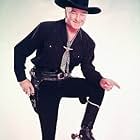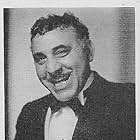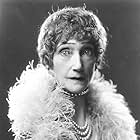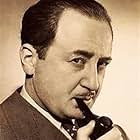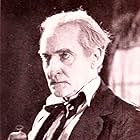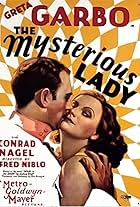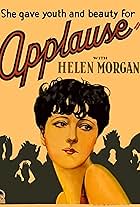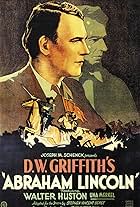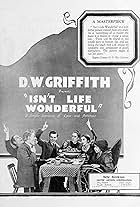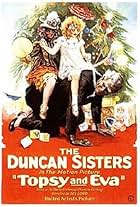In 1929 the great D.W. Griffith directed his final silent film, LADY OF THE PAVEMENTS. He re-shot a few scenes to add talking sequences and a few songs. The sound discs have mostly been lost. The film was also released in a full silent version, which exists.
This is an astonishing film, full of great cinematic scenes and two marvelous star performances. To think that Griffith was considered a has been when he directed this film! Count Arnim (William Boyd) is bored and is scheduled to marry the Countess Diane (Jetta Goudal)whom he does not love, but the marriage has been arranged. One night he visits her only to discover her lover sneaking out through a passageway. When he confronts her, she admits she is the mistress of the emperor. But he dismisses her, saying he'd rather marry a girls of the streets than this dishonest woman. Insulted, she hatches a plan to get even.
With her accomplice she finds a "girl of the streets" who can be trained and passed off as a lady to entice the Count. In a squalid cafe, they find Nanon (Lupe Velez). They offer to pay her for her time to play this "joke" on the Count. She accepts and is gussied up to be passed off as a Spanish girl of noble blood, just out of a convent.
Of course the Count instantly falls for Nanon and they plan to marry. At the wedding dinner, the cruel Diane announces a special treat for the guests' entertainment. She brings on the orchestra from the cafe and asks Nanon to sing one of her old songs. Humiliated, the girl tries to sing but breaks down and confesses all.
Diane, sure of her revenge boasts as the guests leave that the has given the count just what he asked for: a girl of the streets. But Nanon stands up to the Countess and admits she was a cafe singer but never a girl of the streets. She tells the story of deceit to the Count and then repeats the story to the guests still milling about. The Countess Diane is left alone in the room, a figure of scorn.
While William Boyd hasn't much to do here as the Count, the two leading ladies tear the place apart. Fiery Lupe Velez is superb as Nanon, taking full advantage of the comic scenes but then turning in a terrific dramatic performance in the finale. Jetta Goudal is gorgeous and lethal as Diane, using her haughty beauty to good effect.
Co-stars include Henry Armetta as Pierre, Franklin Pangborn as the dance master, Albert Conti as Finot, George Fawcett as the Baron, and William Bakewell as the pianist.
Karl Struss was the cinematographer and there are several great camera shots. In one, as William Boyd looks out a window as a departing coach, the camera follows his gaze out the window and down into the street and then reverses direction up and back through the window and past Boyd and across the room. It seems to be all one shot. In the finale when Lupe Velez is sure she has lost Boyd, she looks out and suddenly all the men in the room become William Boyd.
The Irving Berlin song "Where Is the Song of Songs for Me" is nicely sung by Velez and makes for a nice theme throughout the film.
For those who think Griffith could only do epics and rural melodrama, this is a must-see film.










